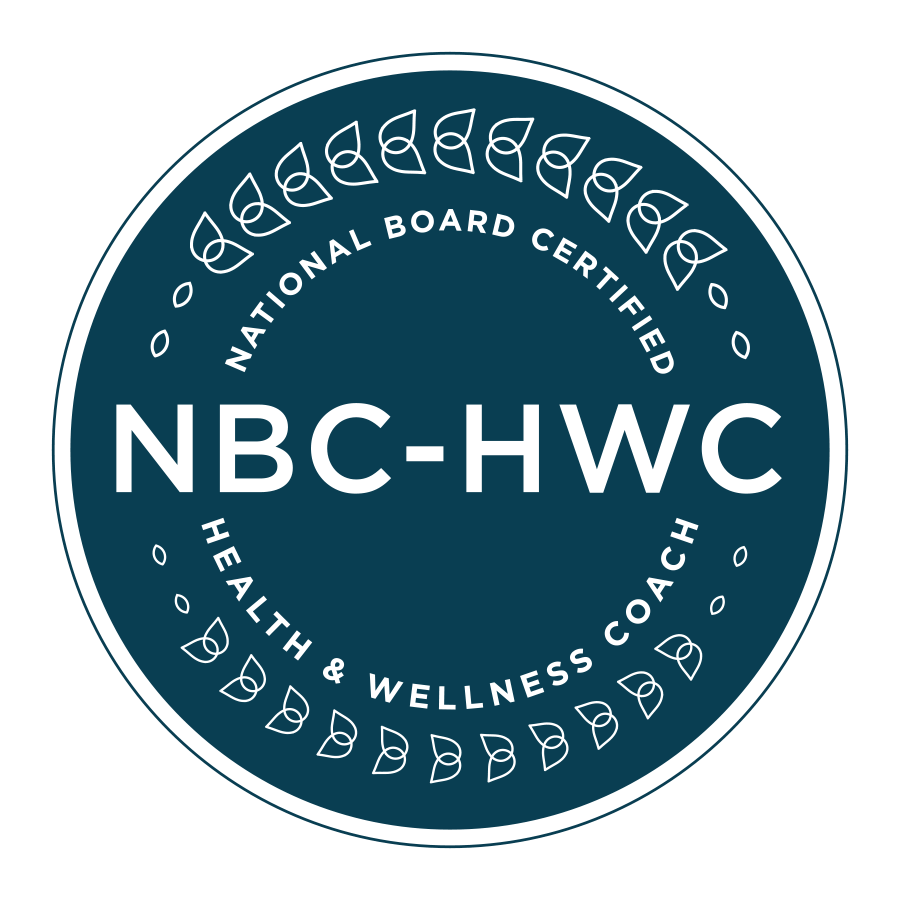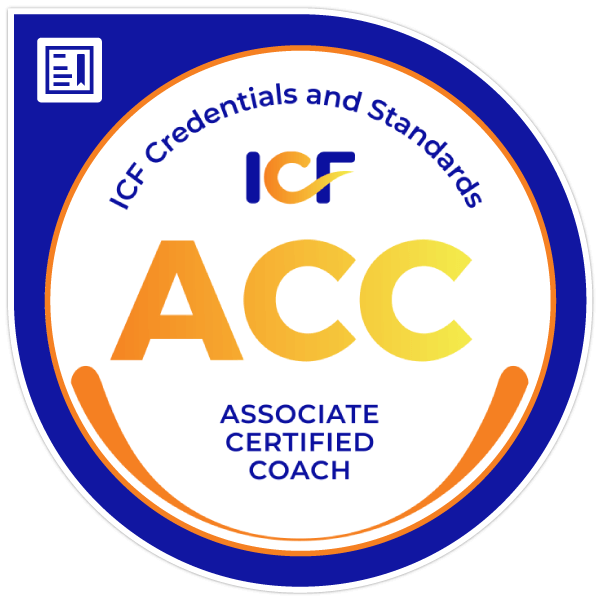Breathing itself is used as a calming exercise. Each breath you take results in the inhalation of air (oxygen) and the exhalation of air (carbon dioxide). Oxygen is transported throughout the body by blood to all parts of your body. Breathing, an action we perform each second without thought, is very significant to the operation of the body. First, understand where you are breathing from. Breathing should come from your belly or diaphragm, not your neck and chest. Begin by lying on your back and observe your belly rise up as you inhale air. If your chest rises, then you are breathing from your neck muscles and you will not breathe in a sufficient amount of air. However, there are many different techniques to breathing when working out. Running, swimming and weight training require different breathing techniques in order to improve one’s health and wellness.
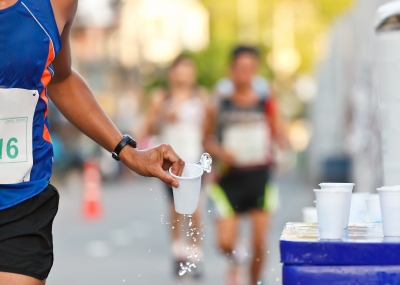 Runners
Runners
No, you do not have to breathe in through your nose and out through your mouth while running. Efficient breathing while running is crucial to produce and maintain stamina and energy throughout your cardio workout. Whether you are training for a 5k or a full marathon, breathing properly will make your body more efficient at getting oxygen to your muscles, which will help you to increase your endurance. Breathing in and out through your mouth is the most effective way to get the necessary amount of oxygen needed for runners.
Technique:
Develop your own breathing rhythm while running
- Posture – If you find breathing through your mouth is most comfortable, allow your jaw to open slightly and your lips to separate.
- Breathing pattern – You can find your natural breathing pattern by counting your steps as you run. You should try to go through one full breathing cycle – inhaling and exhaling – every six to eight steps while running.
– Steps 3 to 4 inhale a little each step then steps 4-8 exhale. By every sixth or eighth step you should be starting the next breathing cycle.
– Whatever pattern you find most comfortable (breathing cycle every 6 or 8 steps), keep it regular and use your steps to monitor your breathing rate so you are consistently taking in the most air as possible.
We are all different. What breathing cycle works for you may not work for someone else. There are no specific rules for the cycle so tweak the breathing cycle to see what is most comfortable for your running style. The primary focus is to fill your belly and lungs with air, and the cycle you choose should eventually become second nature after you have practiced it a few times.
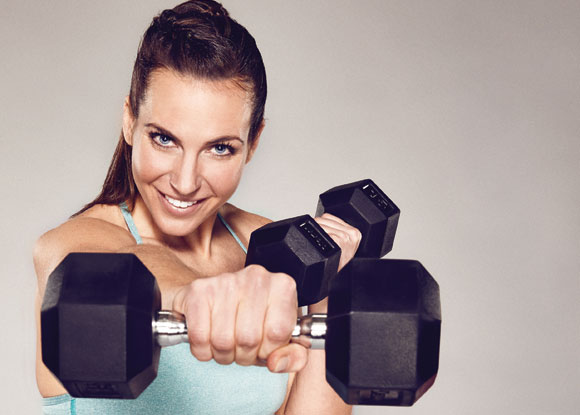 Weight Trainers
Weight Trainers
Breathing techniques for weight training is much different than breathing for runners. It is very important to take slow, deep, and focused breaths for each repetition. Once again, belly breathing is the primary focus. You should see your belly rise and fall with each breath. There is a secondary gain with belly breathing – conscientious belly breathing causes an isometric contraction of the abdominal muscle. In time this will result in a flatter more tone mid-section.
Technique:
Inhale through your nose. You should breathe IN during the relaxation phase of the lift.
- Exhalation – Breathing out through your mouth (pursed lips). You should breathe OUT through pursed lips during the contraction or exertion phase of the lift.
Examples
CHEST PRESS
– Inhalation – when you are bringing the bar or dumbbells down towards my chest
– Exhalation – when you are pushing the bar or dumbbells up away from my chest
SQUATS
– Inhalation – when you are lowering my body towards the ground.
– Exhalation – when you are pushing my body up away from the ground.
The primary rule in breathing with weight training is to always EXHALE forcefully on the EXERTION step of the exercise.
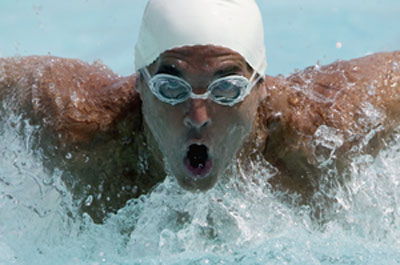 Swimmers
Swimmers
Breathing when swimming, like running, is counted by the strokes you make instead of your steps. It is important to find a rhythm to your breaths with the number of strokes you are comfortable performing.
Technique:
– Inhalation is performed quickly when your head is above water.
– Exhalation is performed underwater by breathing out through your nose, mouth or both.
– Some swimmers have a hard time keeping their swimming pace because they are trying to breathe and look where they are going at the same time their head is above water. The solution to this problem is to wear goggles allowing you to see without losing time on your inhalation and keeping water out of your eyes.
– Make sure you clear out all of the air from your lungs when you exhale under water. Then when you inhale you are able to take in quick and effective breaths.
Breathing is important to the overall quality and success of your workout. It is not to be taken lightly, but each breath should be consistent and with purpose. When practiced regularly proper breathing will become second nature in your daily activities.


